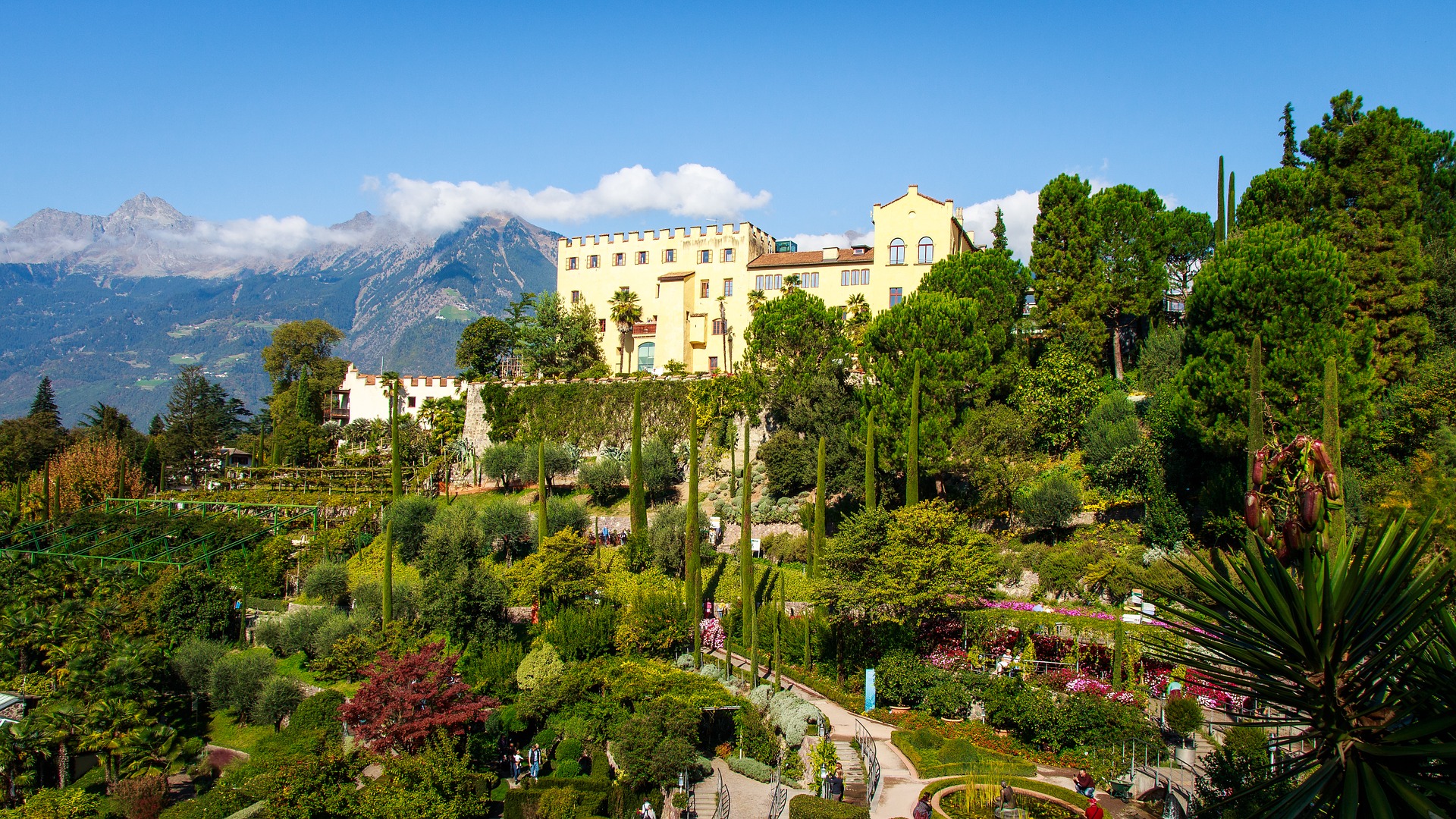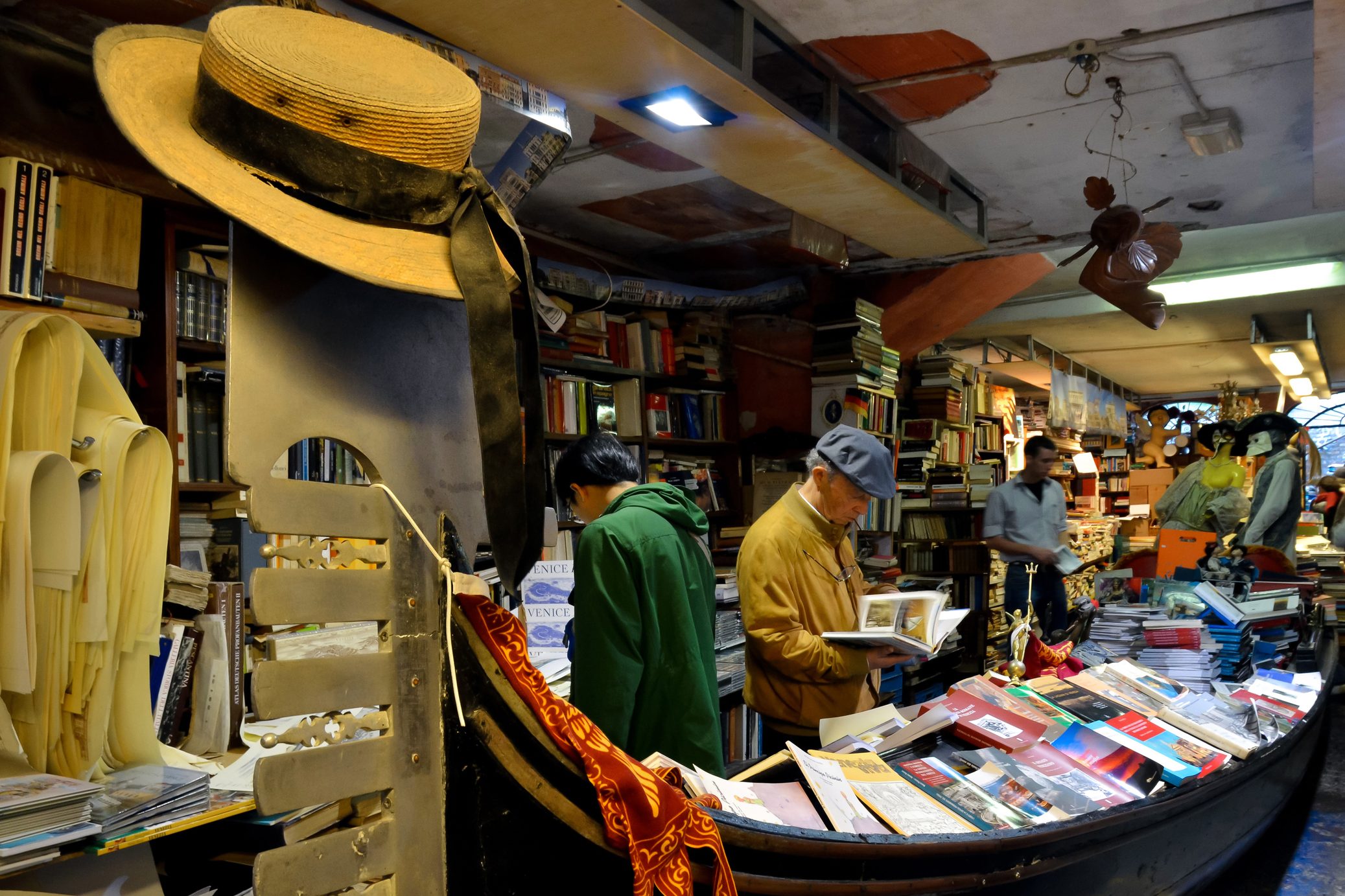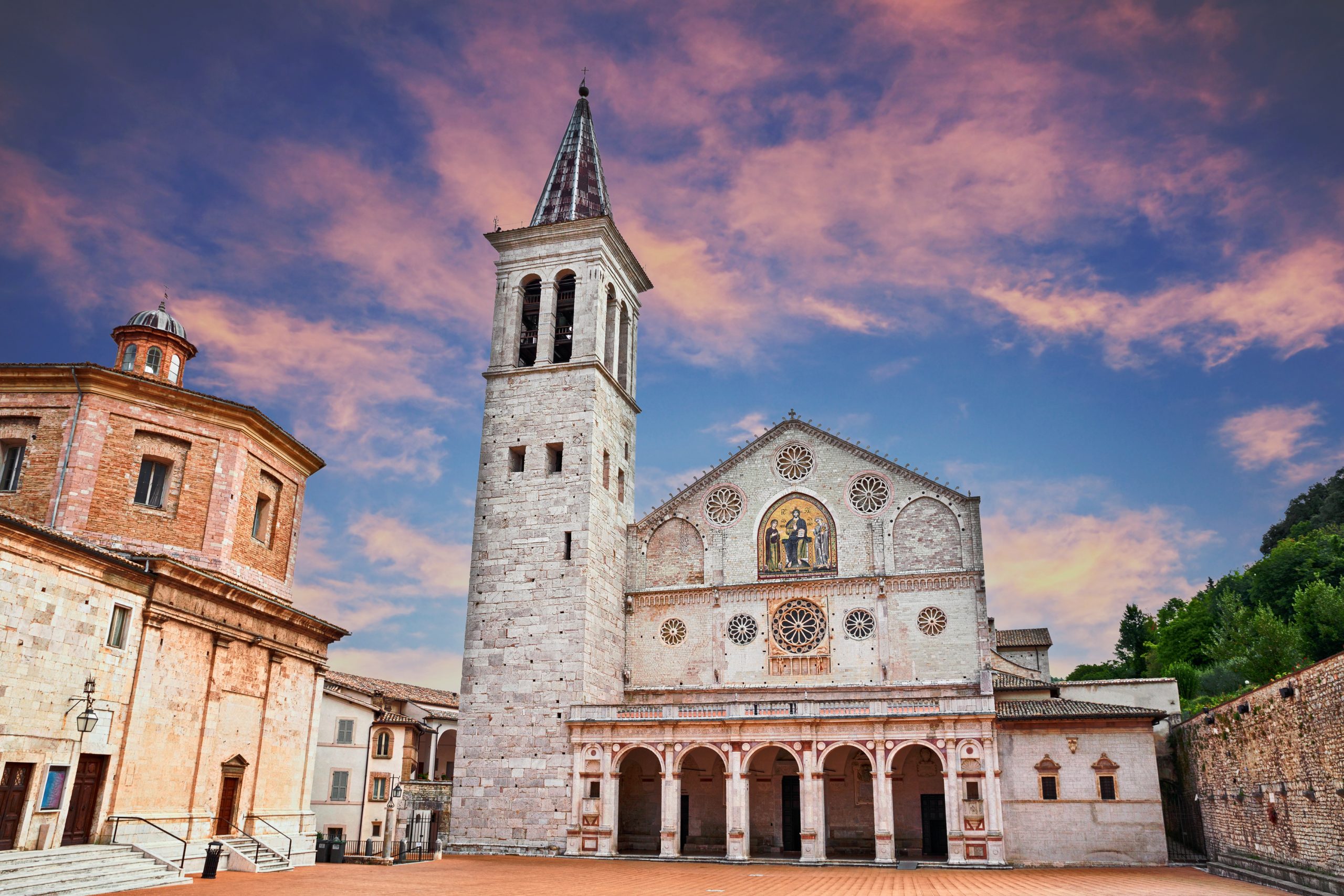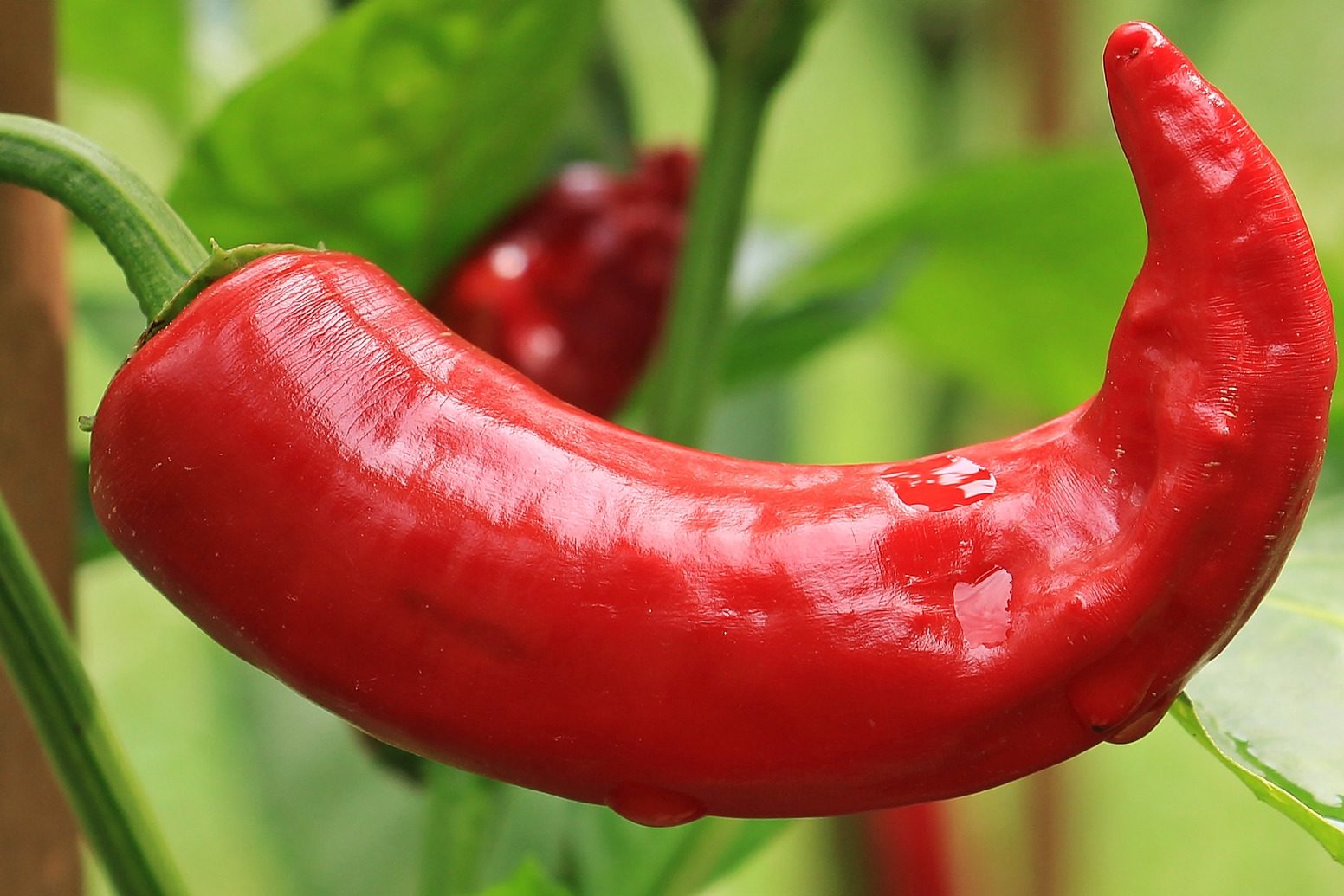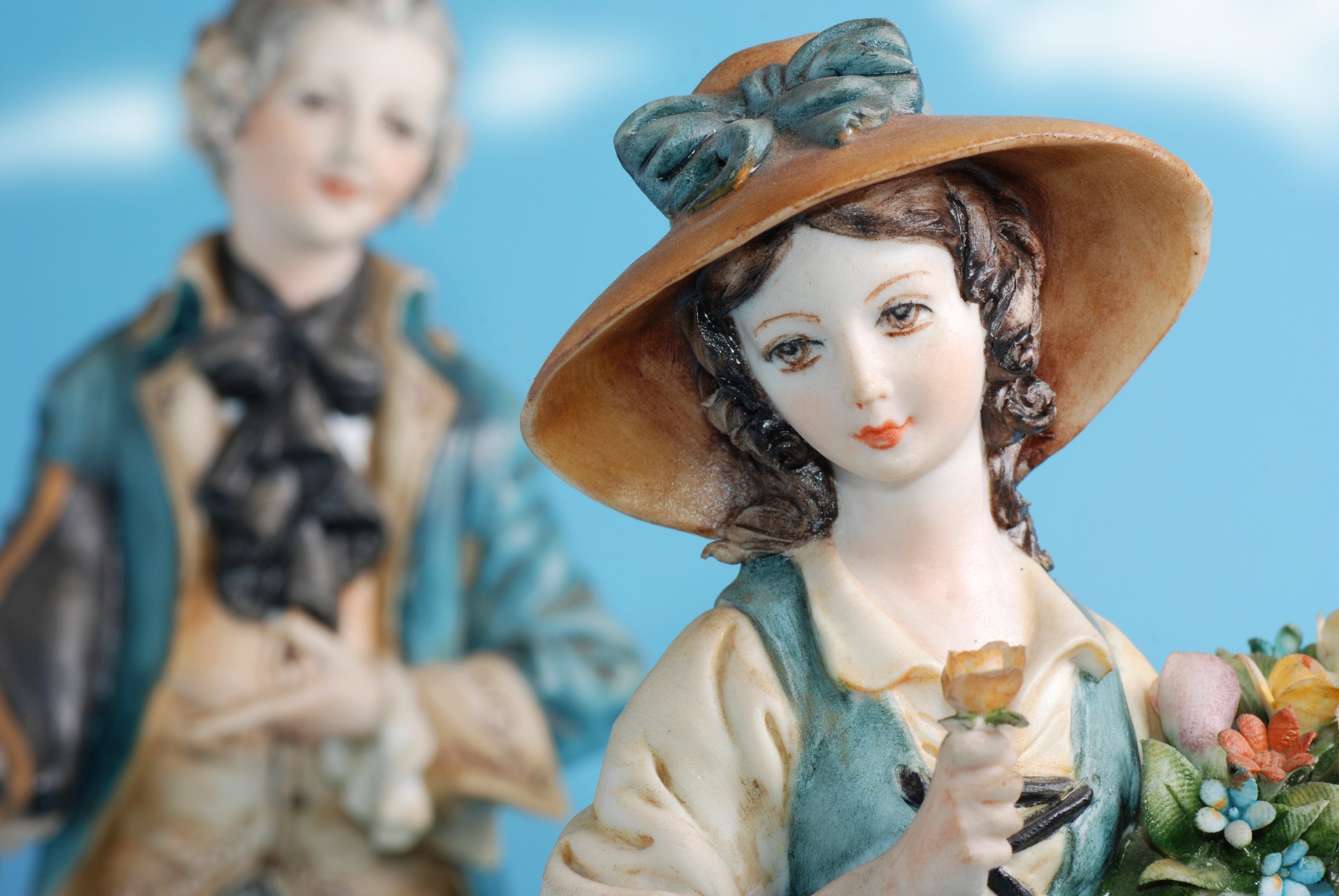Franz Kafka, Ezra Pound and many other scientists, artists and authors called it home at one point of their life: the small town of Merano (also known as Meran in German) is one of the many pearls the gorgeous mountain region of South Tyrol, in Northeastern Italy, has to offer. Famous for its spa resort, Meran is surrounded by gorgeous mountains and offers a lot to do year round, no matter if you are the active or lazy type.
Graciously balancing Italian flair and deeply rooted Austrian tradition, this small town features a very typical Tyrolean mountain architecture, summer and winter sports and a rich, decadent cuisine.
In the past, Merano was fortified by a thick, stone city wall and was accessible through four gates located in the four cardinal directions: all of them still stood until 1881, when the Ulten Tor (Ulten Gate, facing East) was demolished to broaden the town’s main road. The other three still stand and are worth a visit: ancient Vinschgauer Tor (Vinschgau Gate) was first mentioned in writing in 1290 and probably is the oldest of the four. The gate stands at the western end of the old town and it features a main stone arch to let traffic go through and a smaller one to the side for pedestrians. The facade to the outside of the town is embellished by a fresco showcasing the coat of arms of Austria and the one of the county of Tyrol, while its large, pointed roof, is covered in shingles.
The Passeier Tor (Passer Gate) dates back to the 15th century and lies to the north of the town: with its tall and slim stone tower and very small windows it definitely looks like a fortress. Here too we can find a fresco on a small window facing south representing the red eagle of the County of Tyrol. Just outside the gates flows the Passer river, crossed by the Steinerner Steg, a two-arched stone bridge built between 1615 and 1617. The Bozener Tor (Bozen Gate) dates back to the 1300s and is considered by most the prettiest of the gates: located to the south it features a very steep roof and a coat of arms carved out of stone, with the coats of arms of Austria, Tyrol and the city.
The Church of St. Nicholas, dedicated to the patron saint of the town, is a beautiful example of Gothic architecture: first mentioned around the year 1220, it was later expanded to its current size, and features a noteworthy sundial, very well-preserved and beautifully crafted stain glass windows and a large rose window.
Just outside town, to the south of it, stands the Trauttmansdorff Castle, home to the museum of tourism and to beautiful botanical gardens.
Merano is famous for its spa resorts and rightly so: in the 1800s it was already a fashionable destination after the Empress Elizabeth of Austria and many other aristocrats started visiting the town because of its climate and radon rich thermal waters. In 1874 the Kurhaus, an ornate building that has become symbol of the city was built and was beautiful decorated by local and Austrian artists and has hosted important events, concerts and expositions ever since.
A visit to Merano wouldn’t be complete without a day, or at least a few hours, at the new Terme di Merano, an incredibly impressive temple of wellbeing cunstructed in the very heart of the town. The transparent cube of glass and steel is in itself quite the sight and features a whopping 13 indoor pools and 50.000 square meters of thermal baths, saunas and relax and treatment rooms. For more information about the Terme di Merano Hotel & Spa, rooms, rates and special offers visit www.termemerano.it
Reaching Merano is quite easy: by car take A22 Brennero highway exit number 22 (Bolzano Sud) and follow the signs for Merano; by train the town is reachable from most Northern Italian cities changing in Bolzano, while the closest airport is Verona (about 90 miles).
